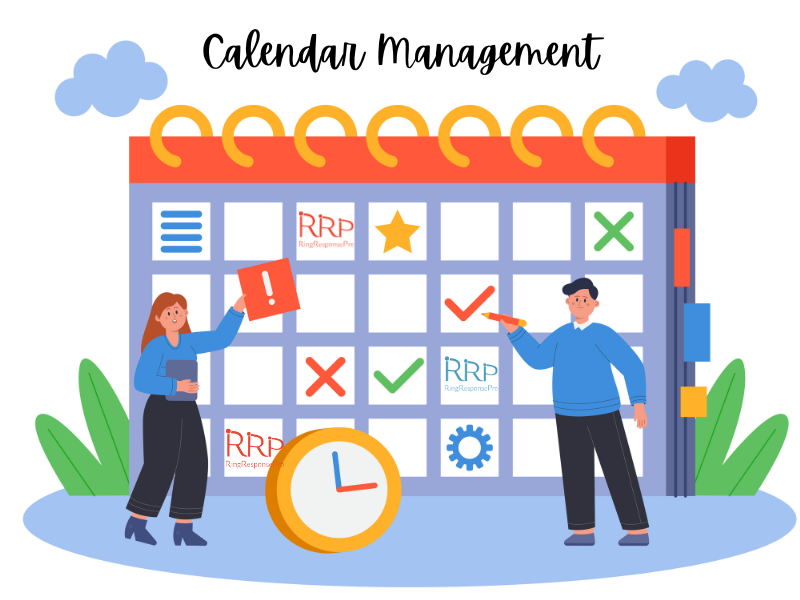
RRP Calendar Management Treats
Is your calendar working for you or against you? How many calendars do you have? Work, personal, the family all, school schedules, and other extra curricular activities? This is why good calendar management practices can help to lighten the load rather than add to your already busy schedule.
Good calendar management can benefit you in many ways. Take a look at the RRP Big-3 Benefits below:.
- Improved Productivity & Achievement
Good calendar management can help you be more productive and achieve more. Making better use of time and other vital resources. It generates good time management practices as well. Organizing your schedule and discovering areas of waste and areas of opportunities will increase overall productivity. All of which can boost inward and outward morale, company culture and heighten the sense of accomplishment for all involved. - Improved Efficiency
Whether you have one calendar or multiple, there are many ways to improve efficiency when it comes to calendaring. Identifying trends and common types of appointments, and task durations can allow you to develop standard processes and responses. Automating certain aspects of the process helps with speed, ease, and reducing errors. - Improved Communication & Satisfaction
Improving calendar management boosts customer or client experiences making them more willing and encouraged to engage with you, your team and your business. It also helps to strengthen other business relationships with suppliers and other service providers. Internal communications within an organization is important as well. A well-organized calendar allows the scheduling of necessary tasks and the attendance of crucial meetings.
Start receiving these benefits of better Calendar Management by using the RRP Big-3 Tips below:
- Prioritize and Schedule Important Tasks
Time is super valuable. We can’t create it or reproduce it, so we must maximize the time that we have. We recommend taking time to assess your daily task, short term, and long term projects. List all activities, tasks or responsibilities. For example: project planning, client appointments, internal meetings, research time, etc. Assess the impact of each item listed and the time and other resources it will take to complete the task successfully. Then schedule accordingly. - Build and Maintain Healthy Boundaries
Protect your focus time. Each task should now have a designated window where you can focus on completing or moving the task along in its process. For the work to be productive, it is best that you remain uninterrupted for whatever time needed. Most common is at least 30 minutes to 1 hour depending on the task. This means you may not be able to take that call or respond to an email that comes in during that focus time. Responding to incoming inquiries whether by phone or email, can have a daily dedicated time slot as well. Allowing you to focus on that when the time comes. - Get Help
From calendar automation to helpful scheduling tools. From time blocking to timeboxing. From client consultations to vendor appointments and the preparation involved, RingResponsePro can help. Sign-up for a free trial today. We’d be delighted to assist.

